Carrying a concealed weapon (CCW) for self-defense is a significant responsibility that requires a special set of skills, knowledge, and judgment abilities. From the seasoned CCW holder to someone considering taking their first firearms class, there are a lot of complex skills that are required to be effective in any self-defense situation, and those skills need to be honed and practiced just like any others.
The Most Critical CCW Skills To Hone Or Practice
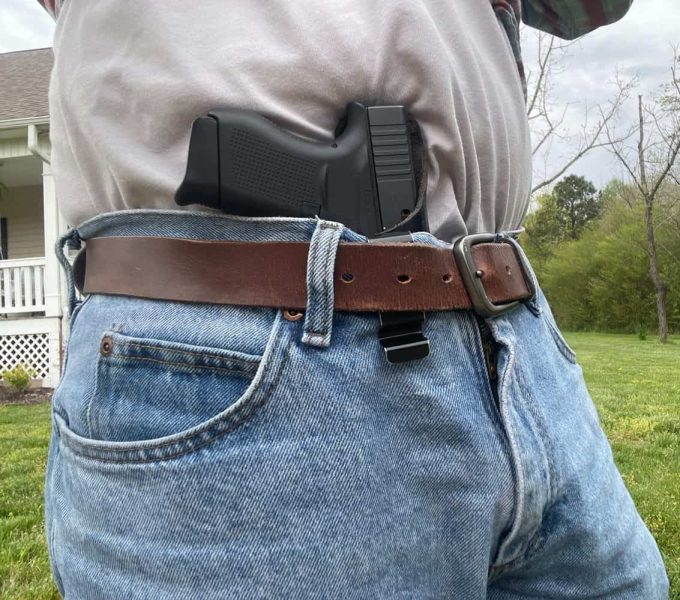
While this list won’t be exhaustive, and each of these can be complex and in-depth subjects in and of themselves, this should give any firearms enthusiast a good idea of what’s involved with carrying a concealed weapon responsibly.
Weapon Safety
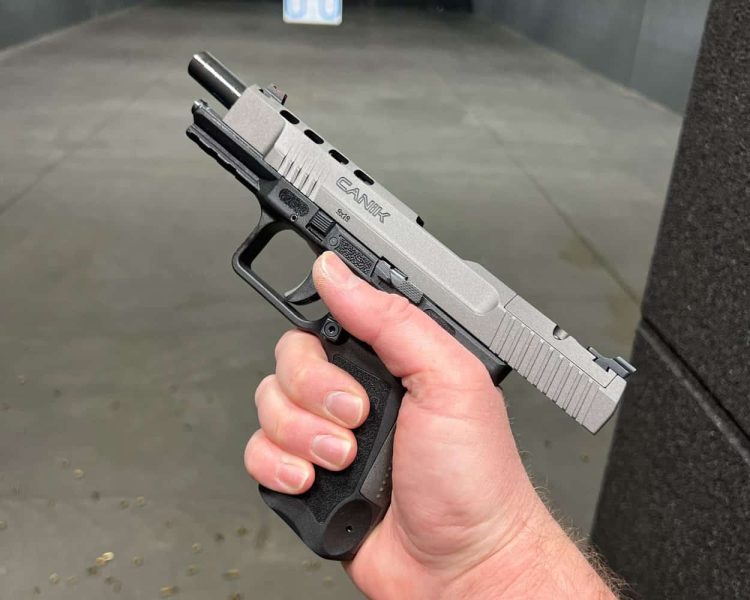
The basics of CCW skills are also the basics of safe and effective gun handling in general including:
- Keep your firearm pointed in a safe direction
- Keep your finger off the trigger until you are ready to fire
- Treat every firearm as if it’s loaded
- Practice safe handling and how clear malfunctions and jams
Shooting Fundamentals
Making sure you are well-versed in proper and correct shooting techniques is an essential component of effective shooting in a stressful situation. Practice your grip, stance, sighting, and trigger control, at a variety of engagement distances. Being well-practiced in a variety of distances and scenarios will make you much more effective overall.
Situational Awareness
Situational awareness is a vital aspect of any solid self-defense plan, and even more so for someone with CCW. Being actively aware of your surroundings and potential threats is an incredibly valuable skill and can be developed by simply scanning the environment and looking for potential threats. Eventually, you’ll be able to identify potential danger signs and be better equipped to stay safe.
Draw & Presentation
Being able to quickly and efficiently draw your firearm from its concealed location is another crucial skill for CCW holders. To develop this skill, practice drawing different positions, and focus on developing a smooth draw that you can repeat over and over under stress.
Verbal Commands & De-Escalation
When a self-defense situation arises, being able to effectively issue verbal commands or leverage de-escalation techniques can be vital in preventing the need for continued conflict or deadly force. To practice this skill, practice your communication skills, and speak clearly and calmly. This is another situation where a plan can be developed ahead of time incorporating specific de-escalation phrases or negotiation tactics that can then be used in a variety of different circumstances.
Shooting Under Stress
Since you won’t be shooting in a practice environment like a range, you’ll need to practice shooting under stress. Create a training plan that incorporates different stressors, and focuses on timing, shooting from non-traditional positions, and shooting while moving. Keeping your training consistent will help develop muscle memory.
Reloads
Another skill that is going to be essential in a potential self-defense situation is being able to reload your weapon quickly and efficiently in times of stress and duress. Even the most careful shooters can run out of ammo in a high-stress situation. Practice both tactical and emergency reloads and focus on developing smooth muscle memory of the process.
Medical Training
Carrying a concealed weapon is one way to ensure you stay safe, but another is being able to provide effective first aid to those at the scene who may be injured. This can be a life-saving skill and is more effective than a gun if someone is already injured. First aid and CPR are great options for being able to help treat wounded in an emergency.
Firearm Maintenance
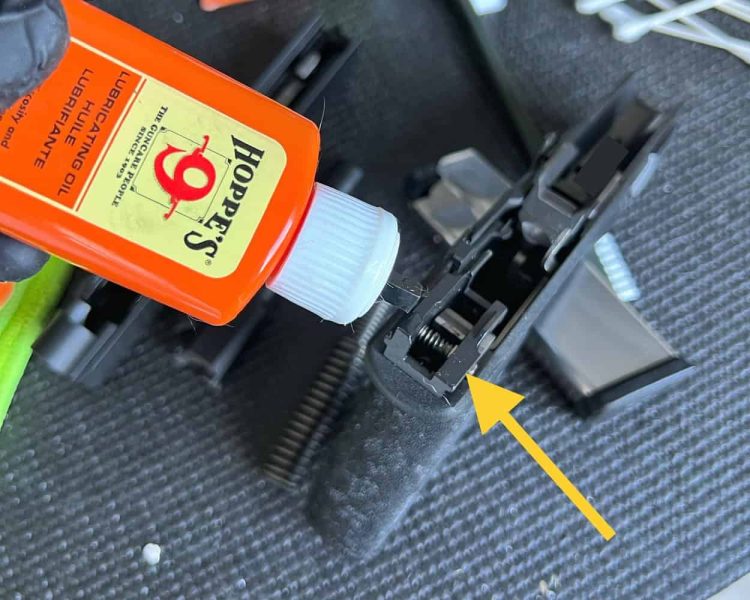
Your firearm is a tool like many others, and it requires care, maintenance, and upkeep. This keeps the firearm in good shape and reduces repair needs over the life of the gun. Primarily, taking good care of your firearm ensures that it’s going to fire reliably when you need it to. A neglected or dirty firearm can have any number of failures in the field when it matters most, like failure to feed, failure to eject, and more.
Legal & Ethical Considerations
Carrying a concealed weapon, even though significantly regulated in many areas, comes with weighty legal and ethical responsibilities. Be sure you are familiar with all local laws regarding firearms and firearm use, and create a plan for how you would respond in a legally-protected, ethical, and moral manner if a self-defense situation were to arise.
Wrapping Up
While each of these skills could undoubtedly have its own full article, this should give you an idea of the level of responsibility and training that is required to be effective in any situation where a CCW is drawn and potentially used. Make sure you partner with experienced instructors and dedicate time to practicing the skills needed to keep yourself and those around you safe when handling your firearm.
Written By: Brady Kirkpatrick
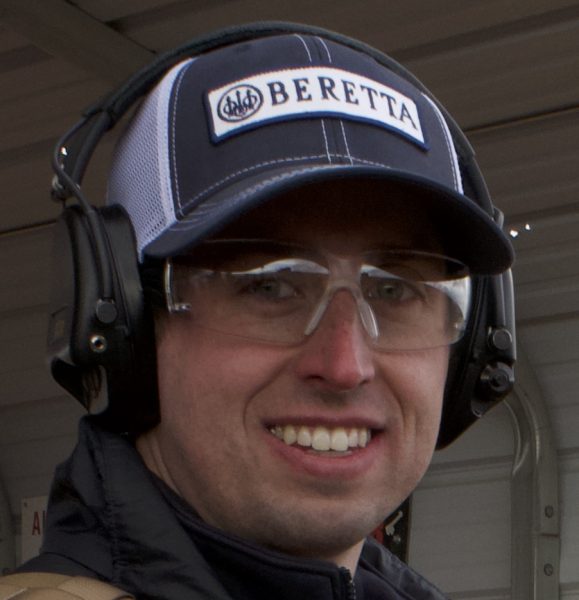

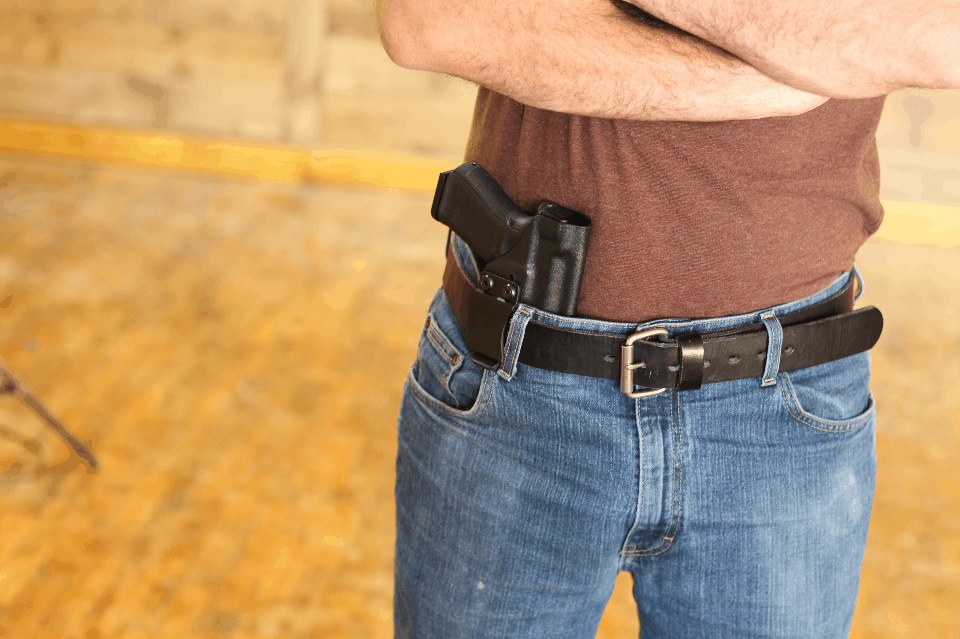
As a dietary supplement, Glucotru is a fantastic anti-diabetic breakthrough treatment. The formulation is created in accordance with the correct standards and safety regulations, which guarantee the accurate quality and dosage of the tablets. Glucotru
Why did you choose pictures of open carry to support an article on concealed carry?
It’s true the photos allow us to see the holstered pistols. But, the pistols are in IWB holsters which I believe are meant for concealed carry only. I think true open carry involves the use of an OWB holster, probably with retention features that exceed what the holsters shown here have. My opinion is that these pictures, although they are staged to allow us to see the holstered pistols, are not pictures of true open carry. Really, open carry using holsters like those shown here would gravely endanger the carrier due to it being too easy for someone else to grab the gun.
Mike, I agree the type of holsters in the pictures are more commonly associated with Concealed Carry. However, it is not the holster type that defines what you call “true open carry”.
Open Carry and Concealed Carry are legal terms that define whether or not a firearm, carried in public, is or isn’t noticeably visible by the average observer. Granted State laws vary, but the presence or absence of a holster plays no role in the definiton. The type of holster plays no role in the definition. The retention level of the holster plays no role in the definition. I know of no State where the style of carry you depict would be legally considered anything other than Open Carry.